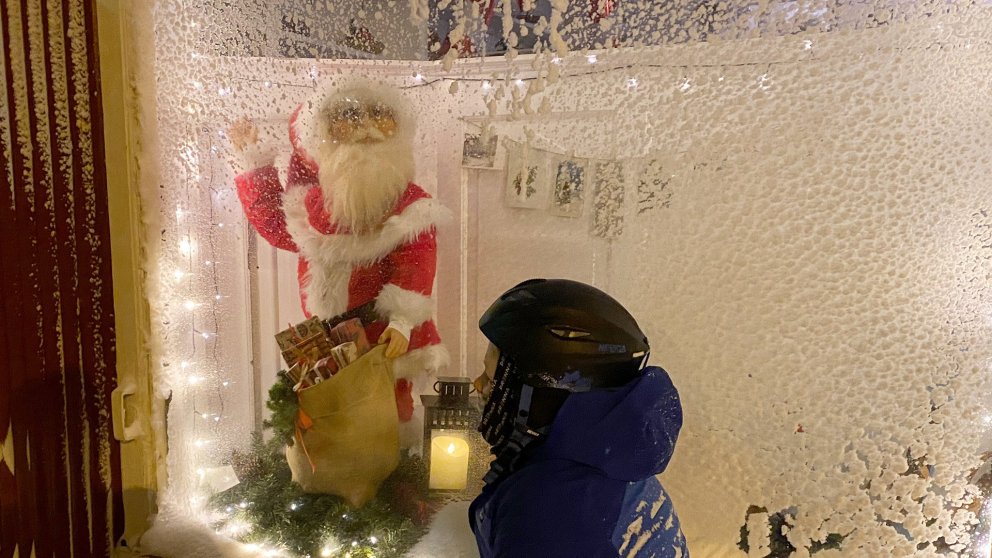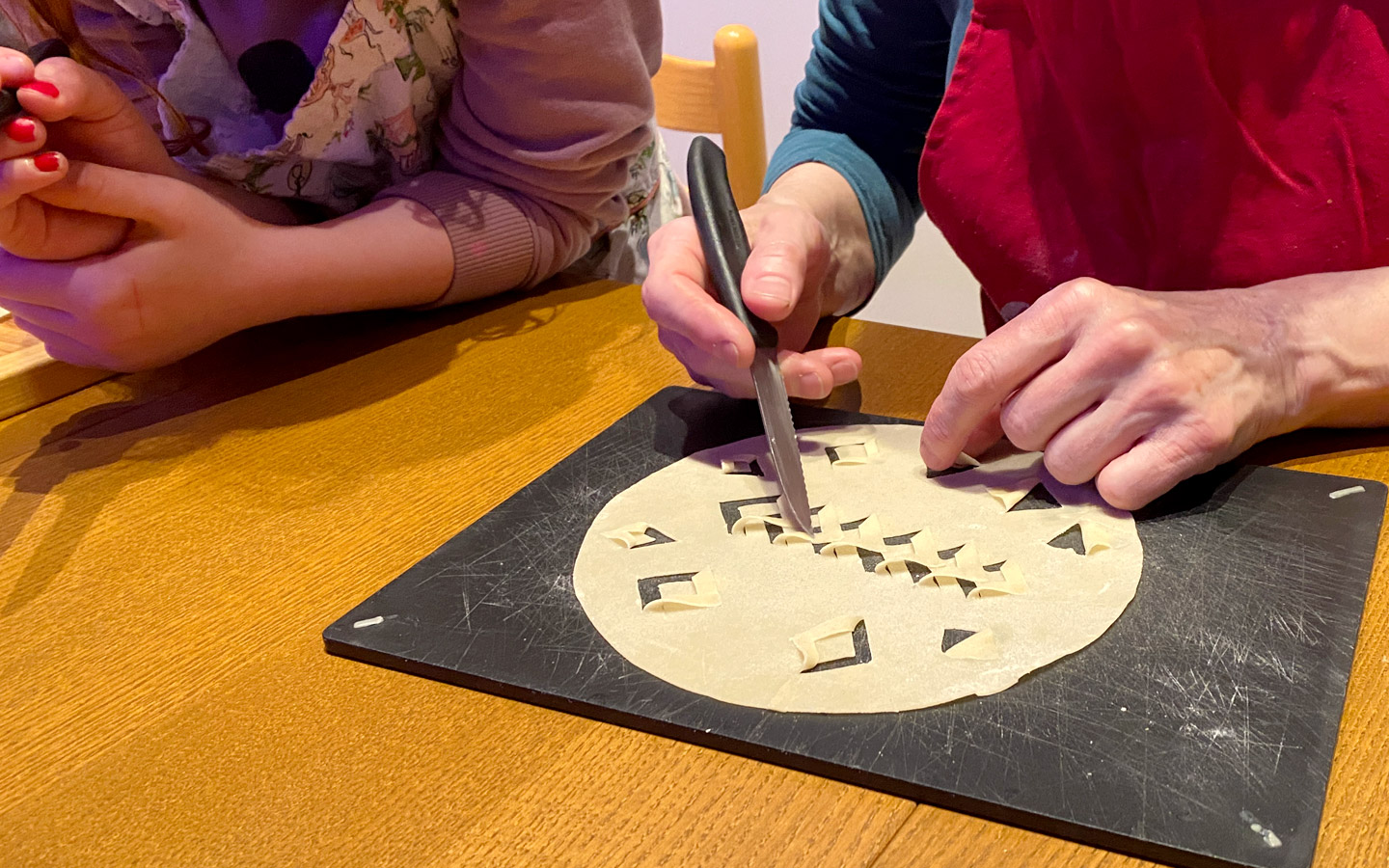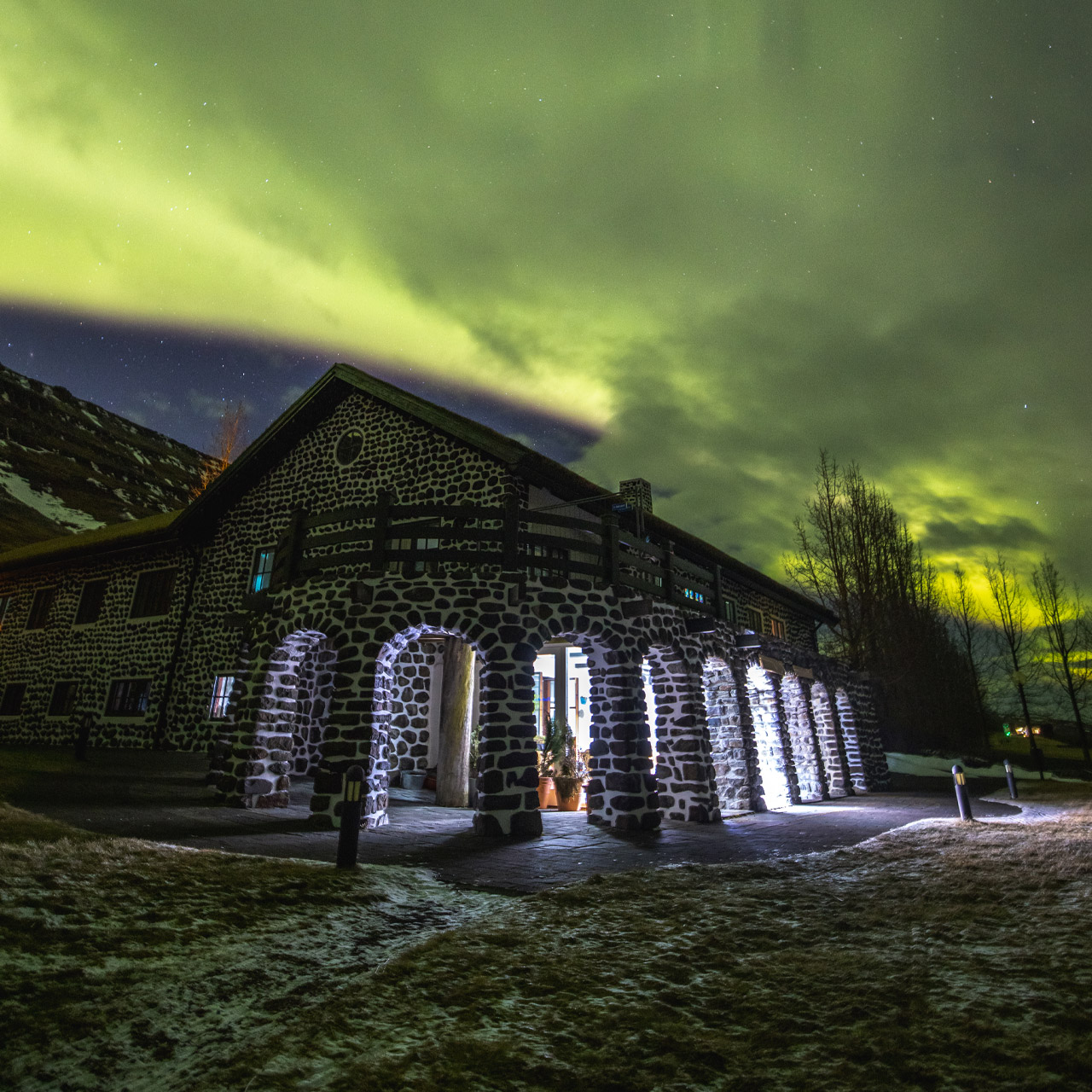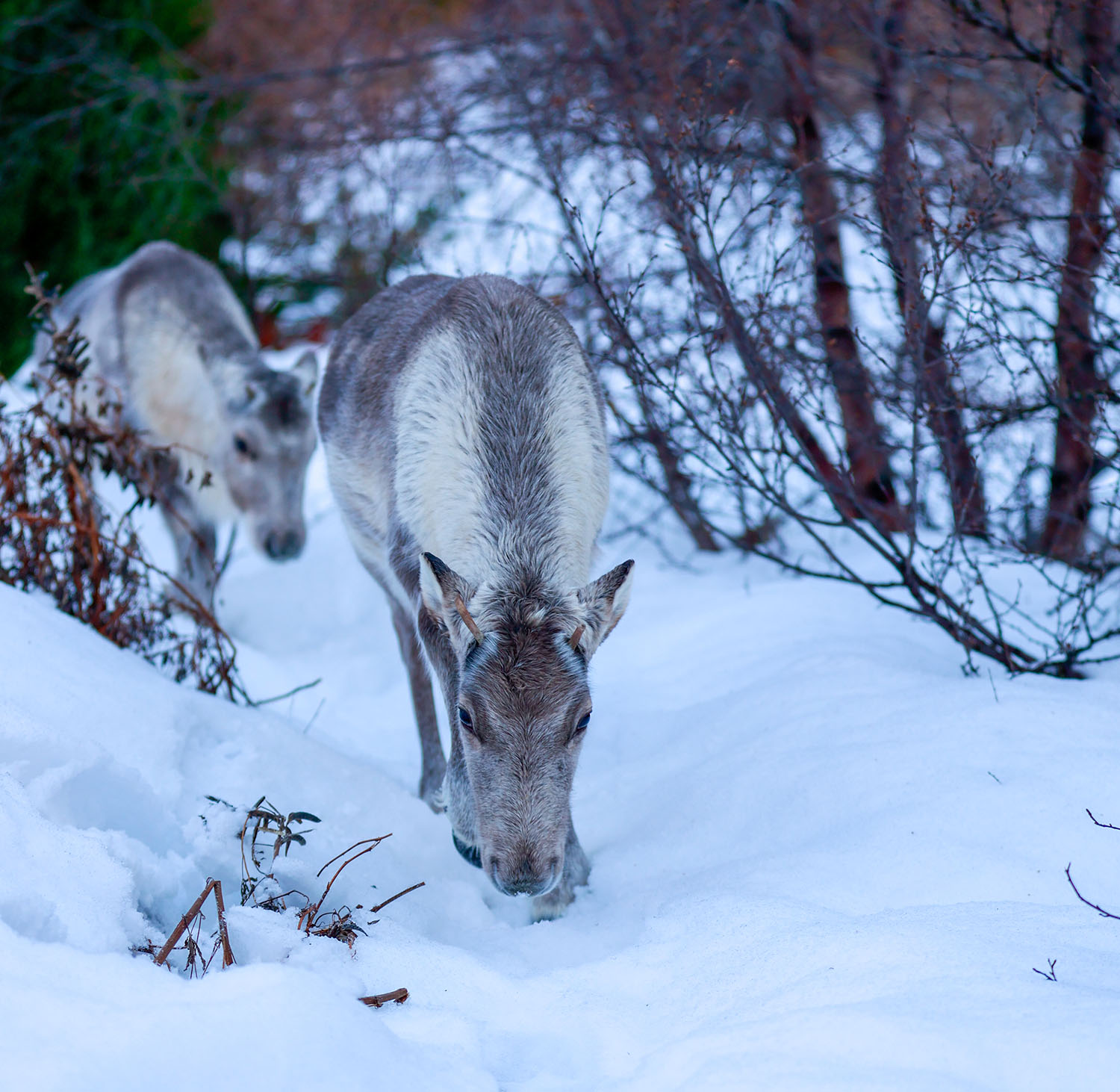Austurland’s cozy Christmas customs

Read on to discover the unique ways we mark the season, and keep in mind that this is the darkest time of the year in Iceland. Here in Austurland, we have only about 3.5 hours of daylight over the Christmas period – which explains the abundance of twinkling lights strung up everywhere!
Christmas flavors
When it comes to Christmas food, Icelanders have some pretty special traditions.
You may not want to embrace the eating of smelly fish on December 23 – that’s a day known as Þorláksmessa, in honor of a 12th-century saint named Þorlákur Helgi. On this day, many Icelanders will feast on fermented skate (a flat fish that resembles a stingray). Flavors get more tempting over the next few days, we promise!
December 24 is the main Christmas celebration in Iceland. On the evening of the 24th, most families celebrate together with their traditional Christmas meal. After songs are sung around the Christmas tree, dinner is served: pork and ptarmigan (a game bird) are popular choices, and caramelised potatoes are an essential side dish. Extras also include pickled red cabbage and canned peas. Smoked lamb (called hangikjöt) is a favorite to be eaten on December 25.
 One of the traditional christmas snacks is Laufabrauð (leaf bread). Photo: Ingvi Örn Þorsteinsson
One of the traditional christmas snacks is Laufabrauð (leaf bread). Photo: Ingvi Örn Þorsteinsson
The snacks around Christmas are wonderful, and include laufabrauð (leaf bread), various cookies and cakes, and a curious soda drink made by mixing malt and orange soda.
Icelandic breweries love producing seasonal brews (jólabjór, or Christmas beer), and the local beer connoisseurs love tasting them! Lok out for beers produced in Austurland by local breweries Austri Brugghús, Beljandi Brugghús and KHB Brugghús.
Where can you get involved?
Across the region, a number of restaurants offer jólahlaðborð, or Christmas buffet, beginning in late November. These involve tables groaning under the weight of cold dishes (smoked salmon, herring, pate, smoked lamb), meats (ham, lamb, possibly turkey and duck), side dishes (potatoes, cabbage, green beans) and cheese and desserts. There will usually be vegetarian and vegan options provided, too.
Many hotels offer accommodation and Christmas buffet packages, so you can over-indulge and then find your way safely to your nearby room.
Christmas stories
Iceland’s most unique Christmas tradition? That’s easy: it’s our Yule Lads. One of these 13 prankster brothers comes down from the mountains for the 13 nights before Christmas – one each night. Children in Iceland place a shoe on their windowsill before going to bed: good children get a small gift in their shoe from the visiting Yule Lad, while naughty children get a potato!
Where can you get involved?
Grýlugleði is Austurland’s annual festival honoring the troll Grýla, who is the notorious mother of the Yule Lads.
Grýla was said to collect the naughty children in a sack and take them home to eat for Christmas dinner. If a child is naughty, Grýla finds out immediately.
 Skriðuklaustur. Photo: Gunnar Freyr Gunnarsson | @icelandic_explorer
Skriðuklaustur. Photo: Gunnar Freyr Gunnarsson | @icelandic_explorer
At our festival at Skriðuklaustur, there are songs, stories and maybe a visit from Grýla and her husband Leppaludi, searching for naughty kids. After the festival there’s a Christmas cake buffet at Klausturkaffi. Note that the event is in Icelandic. It’s free to enter.
Aðventa is another annual story-telling tradition in Austurland. It’s the name given to the reading of the classic tale ‘Advent (the Good Shepherd)’ in Icelandic. This year, it’s held at Skriðuklaustur on December 11.
The tale is one of the most beloved works from Iceland writer Gunnar Gunnarsson (1889–1975), translated into many languages and sometimes referred to as the Nordic version of ‘A Christmas Carol’. It’s a story about a shepherd who, every year in the days before Christmas, goes up into the mountains. The shepherd, Benedikt, travels with his dog Leo and his ram Knoest, and they set off on the smaller roads and paths that lead to the top of the mountain.
What makes ‘Advent (the Good Shepherd)’ a classic?
Skúli Björn Gunnarsson is the director of the Gunnar Gunnarsson Institute: “Advent is a short novel but a great work of literature. It’s a classic because it deals with feelings and thoughts that we humans carry with us at all times and in all cultures. That is why the story has as strong an impact on those who read it in Arabic in the Middle East as it does on us here in the Arctic.”
“The main character Benedikt’s struggle with the forces of nature and his thoughts about the meaning of life, his own life and feelings, reach readers all over the world, and that explains why this story, first published in 1936, is still being published in new translations. Descriptions of nature are also a large part of the work and are so well written that the magnificence and coldness of the scenes penetrates the reader’s mind.”
Seasonal joy
Here are more fun ways to embrace Icelandic holiday traditions.
 The Reindeer brothers Garpur and Mosi. Photo: Fannar Magg
The Reindeer brothers Garpur and Mosi. Photo: Fannar Magg
Reindeer
Santa Claus and his reindeer-pulled sleigh play relatively no part in Icelandic Christmas traditions. However, reindeer roam wild here in Austurland – and you can visit two orphaned reindeer that found a home on a local farm.
Jólabókaflóð
Books are a popular gift at Christmas and the jólabókaflóð is an annual event, most closely translated as the ‘Christmas flood of books’. It begins with the printing of a catalogue in mid-November that lists all the new publications, and ends with the giving, receiving, and reading of new books on Christmas Eve. This one is easy to replicate wherever you are. Grab a book and get cozy!
New Year’s Eve
This is a beloved celebration for Icelanders, and is usually celebrated with family. After dinner there’s a visit to a public bonfire (these are usually run by town authorities), then it’s home at 10:30pm to watch ‘Áramótaskaupið’ on TV – this is a satirical review of the year’s events, and near-compulsory viewing for all Icelanders. Afterwards, it’s back outside to enjoy noisy fireworks as the clock strikes midnight.
Þréttandinn
‘Þrettándinn’ is what Icelanders call the 13th day of Christmas (þrettán means 13); it’s often called the Twelfth Night in English. January 6 is the last day of the festive season (and the last day you can legally shoot off fireworks in Iceland), so this is another day to mark with bonfires and fireworks. This celebration has a fantastical element too: elves, trolls, Yule Lads and others appear on this night, and there’s much singing of seasonal songs.
Words: Carolyn Bain
